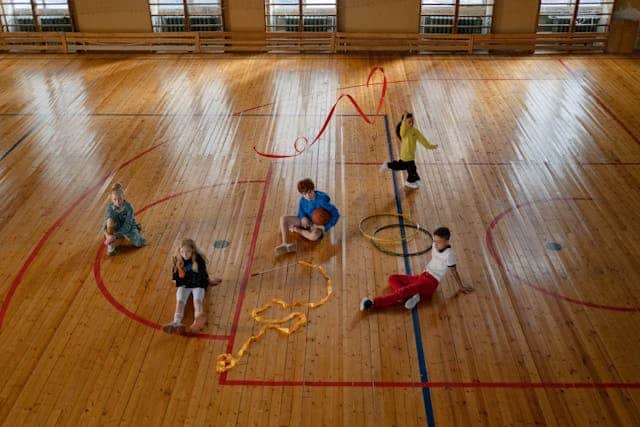
Associations Between the Child Care Environment and Children’s In-Care Physical Activity and Sedentary Time
March 24, 2021
Associations between mentally-passive and mentally-active sedentary behaviours during adolescence and psychological distress during adulthood
April 8, 2021A new paper entitled ”Sedentary behaviour and bone health in older adults: a systematic review” has recently been published (online) in Osteoporosis International. Citation details and a summary of the paper are below. The full publication can be accessed here.
McMichan, L., Dick, M., Skelton, D. et al. Sedentary behaviour and bone health in older adults: a systematic review. Osteoporos Int (2021). https://doi.org/10.1007/s00198-021-05918-2
ABSTRACT
Older adults spend more than 8 h/day in sedentary behaviours. Detrimental effects of sedentary behaviour (SB) on health are established, yet little is known about SB and bone health (bone mineral density; BMD) in older adults. The purpose of this review is to examine associations of SB with BMD in older adults. Five electronic databases were searched: Web of Science (Core Collection); PubMed; EMBASE; Sports Medicine and Education and PsycInfo. Inclusion criteria were healthy older adults mean age ≥ 65 years; measured SB and measured BMD using dual-energy X-ray absorptiometry. Quality was assessed using National Institute of Health Quality Assessment Tool for Observational Cohort and Cross-Sectional Studies. After excluding duplicates 17813 papers were assessed; 17757 were excluded on title/abstract, 49 at full text, resulting in two prospective and five cross-sectional observational studies reviewed. Four were rated ‘good’ and three were rated ‘fair’ using the quality assessment criteria. Findings varied across the studies and differed by gender. In women, four studies reported significant positive associations of SB with BMD at different sites, and two found significant negative associations. Five studies which examined both men and women, men reported negative or no associations of SB with femoral neck, pelvic, whole body, spine or leg BMD. Whilst these findings suggest differences between men and women in the associations of SB with BMD, they may be due to the varying anatomical sections examined for BMD, the different methods used to measure SB, the varied quality of the studies included and the limited number of published findings.
The full paper can be accessed here.




